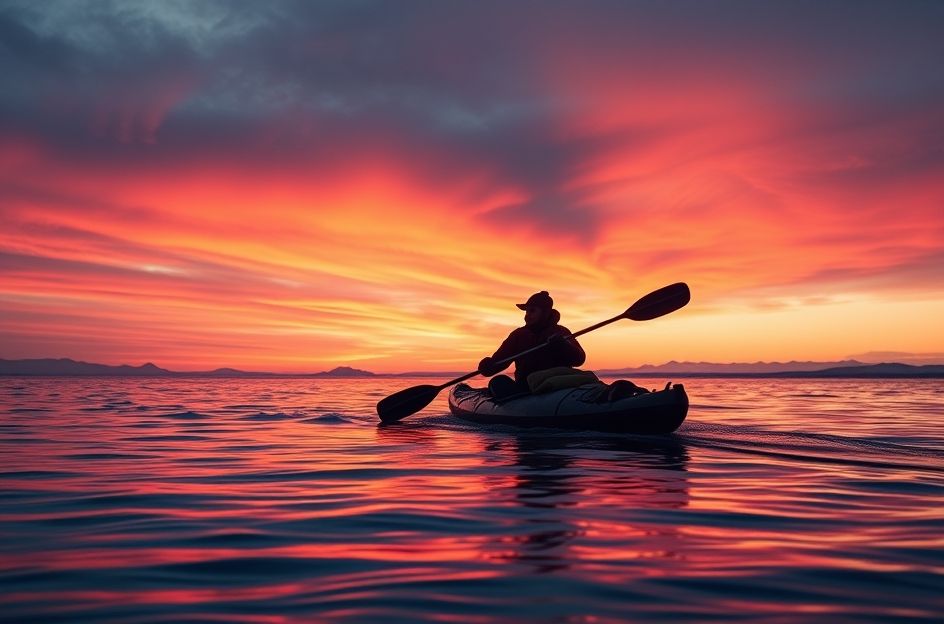The history of canoeing and kayaking stretches back to the dawn of human civilization. The word “kayak” translates to “hunter’s boat,” highlighting its original purpose. More than just a mode of transport, the kayak was a revolutionary hunting tool, enabling a silent approach to prey. Its covered deck provided superior seaworthiness and wave resistance compared to traditional canoes.
Alongside the kayak, the umiak, a larger boat capable of carrying up to 20 people, also played a crucial role. Both vessels served vital niches for transportation and hunting throughout history.
Kayak designs were adapted to the specific needs of different regions. For example, kayaks developed by communities around the Bering Strait were wider and shorter, while those from Greenland were streamlined and low-profile. Kayaks from Baffin Island, in contrast, were longer and wider.
The Inuit people, originating from the Arctic, are credited with the kayak’s invention. Interestingly, despite being the birthplace of the kayak, limited archaeological evidence of covered kayaks has been discovered on the Siberian Coast.
Early kayaks were constructed with driftwood frames covered in sealskins. These frames were meticulously tied together using sinew, or tendons, and then covered with seal skin, rendering them virtually unsinkable thanks to air-filled seal bladders. Today, the traditional skin kayak is increasingly rare, and the knowledge of its construction is fading. Whalebone and driftwood were also used in early kayak construction.
The materials used in kayak construction have evolved significantly over time. Europeans recognized the kayak’s versatility and began replacing sealskins with fabric covers. This practice continued until the 1950s, when Valley Products introduced the first fiberglass kayak. The first plastic kayak followed in 1984. Kayaks continue to be refined, becoming lighter, stronger, and more adaptable.
Today, numerous kayak types exist, crafted from diverse materials and designed for various sporting activities. Kayaking is now accessible to people of all skill levels, offering a quiet, eco-friendly way to experience breathtaking travel, exploration, and exercise.
